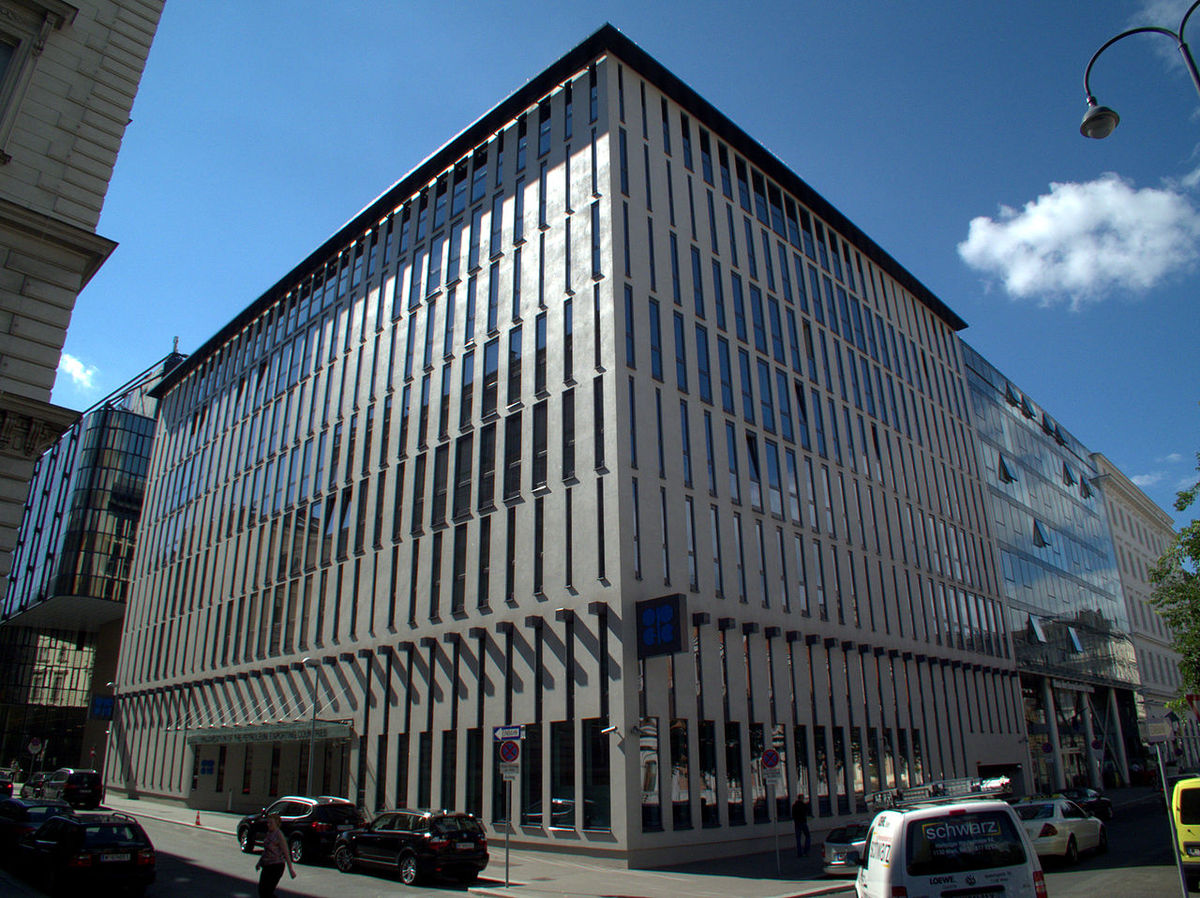The Organization of the Petroleum Exporting Countries, or OPEC, is a global organization that plays a significant role in the international oil market. Established in 1960, the organization consists of 13 member countries, including Algeria, Angola, Ecuador, Iran, Iraq, Kuwait, Libya, Nigeria, Qatar, Saudi Arabia, the United Arab Emirates, and Venezuela. These countries are some of the largest oil-producing nations in the world and together they account for more than half of global oil production.
OPEC has a unique organizational structure that is designed to coordinate the policies of its member countries and to promote stability in the international oil market. The organization is headquartered in Vienna, Austria and is led by a Secretary General who is appointed by the member countries. The Secretary General is responsible for overseeing the day-to-day operations of the organization and for representing OPEC to the outside world.
The highest decision-making body within OPEC is the Conference, which consists of the oil ministers of each member country. The Conference meets twice a year to discuss issues related to oil production and pricing, and to make decisions on policy matters. The Conference is also responsible for appointing the Secretary General and other key officials within the organization.
Underneath the Conference, there are several committees and working groups that are responsible for specific areas of focus. For example, the Economic Commission Board is responsible for analyzing economic data and making recommendations on oil production levels, while the Research Division conducts research on oil markets and energy trends.
One of the main roles of OPEC is to coordinate the oil production policies of its member countries in order to maintain stability in the international oil market. To this end, the organization has established a production quota system that sets limits on the amount of oil that each member country can produce. This system is designed to balance supply and demand in the market and to prevent prices from becoming too volatile.
In addition to coordinating production policies, OPEC also plays a role in promoting the economic and social development of its member countries. The organization provides technical assistance and training to member countries, and it works to promote the use of renewable energy sources.
Overall, the organizational structure of OPEC is designed to enable member countries to work together to achieve common goals and to promote stability in the international oil market. By coordinating production policies and providing economic and technical assistance, OPEC plays a critical role in the global energy landscape.









